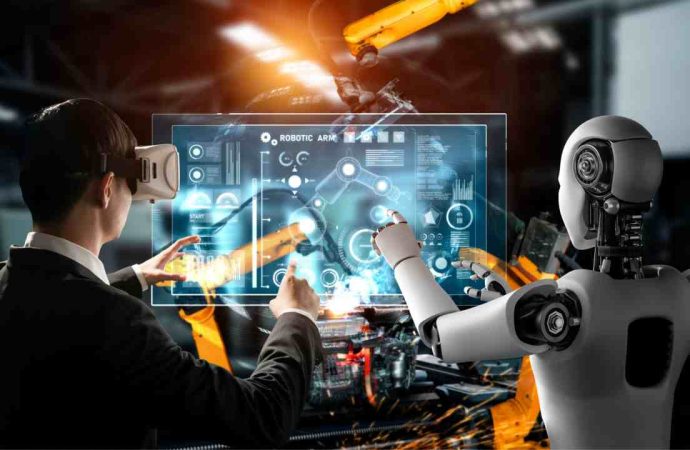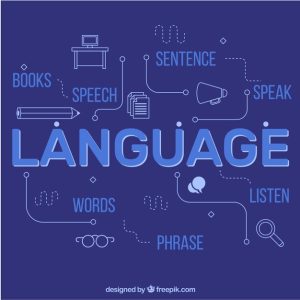Next-Gen Transformers: Making Language Models Faster Introduction Fred Wilson, an AI enthusiast with years of hands-on experience in the field, has been instrumental in the development of language models. Their expertise and insights into AI and machine learning make them a reliable source of information. The Evolution of Language Models Language models have undergone a
Next-Gen Transformers: Making Language Models Faster
Introduction
Fred Wilson, an AI enthusiast with years of hands-on experience in the field, has been instrumental in the development of language models. Their expertise and insights into AI and machine learning make them a reliable source of information.
The Evolution of Language Models
Language models have undergone a significant transformation over the years. What started as simple statistical models that relied on word frequency counts have now evolved into complex models capable of understanding and generating text that closely resembles human language.
Understanding Transformers
Transformers are a type of model architecture that has become a staple in many modern language models. They employ a mechanism known as “attention” that allows the model to focus on different parts of the input data. This unique feature enables them to understand the context and relationships between words in a sentence.
The Need for Speed
As language models become more sophisticated, the need for speed becomes increasingly important. Faster models translate to quicker results, which is crucial in real-time applications. However, enhancing the speed of these models is a challenging task that requires innovative solutions and a deep understanding of the model architecture.
Next-Gen Transformers: A Leap Forward
Next-gen transformers represent a significant advancement in terms of speed and efficiency. They are designed to handle the increasing complexity of language models while ensuring quick results. This makes them a revolutionary development in the field of AI and machine learning.
How Next-Gen Transformers Work
Next-gen transformers achieve their speed through a combination of techniques. These include model pruning, knowledge distillation, and hardware optimization. Each of these techniques contributes to making the model faster without compromising its performance.
The Impact of Faster Language Models
Faster language models have a wide range of applications. They can be used in real-time translation services, chatbots, and even in generating human-like text. The possibilities are endless, and with next-gen transformers, these applications can be realized much quicker.
The Future of Language Models
The future of language models looks promising. With advancements like next-gen transformers, we can expect models that are not only faster but also more accurate and capable. As we continue to push the boundaries of what’s possible with AI and machine learning, the sky’s the limit.
Table: Comparing Traditional and Next-Gen Transformers
| Feature | Traditional Transformers | Next-Gen Transformers |
|---|---|---|
| Speed | Moderate | Fast |
| Efficiency | High | Very High |
| Complexity | High | Moderate |
| Applications | Translation, Summarization | Real-time applications, Chatbots |


















Leave a Comment
Your email address will not be published. Required fields are marked with *